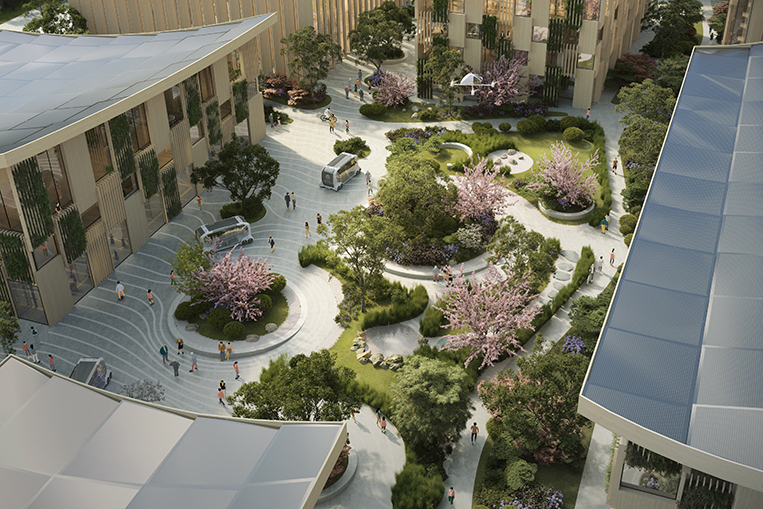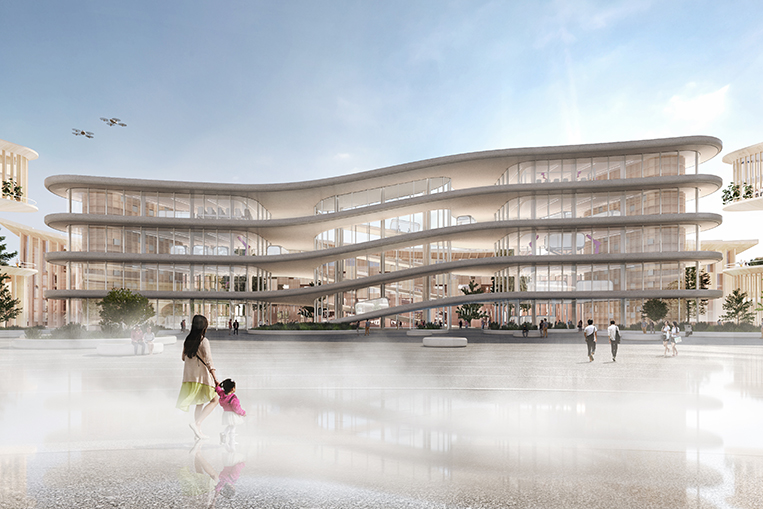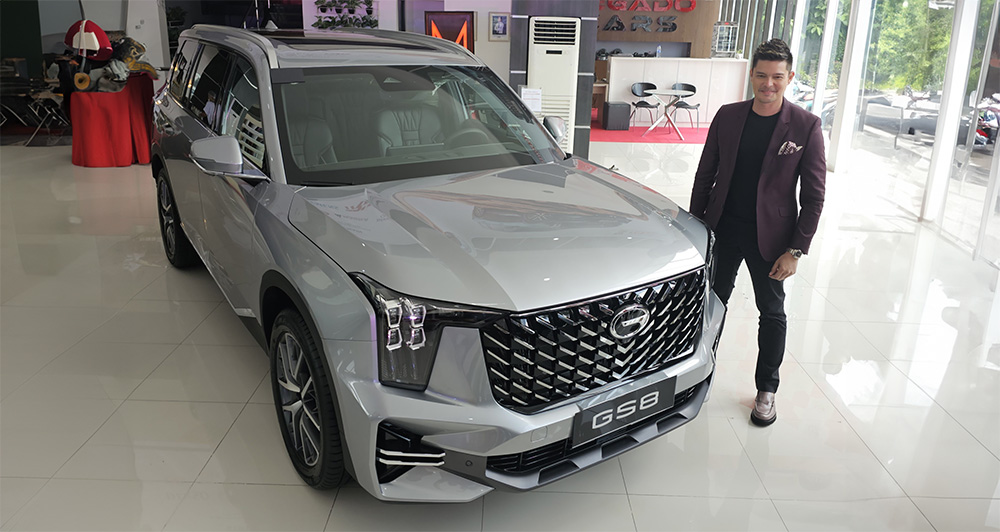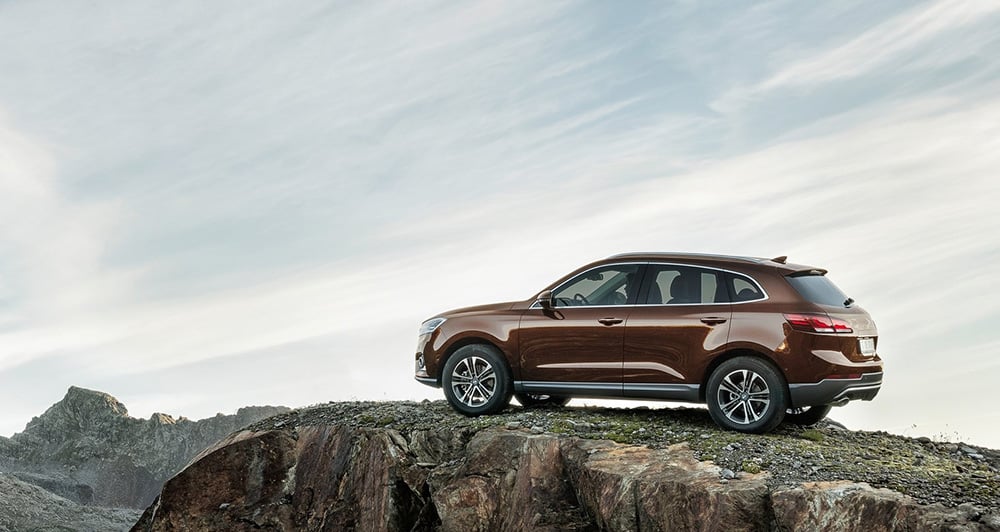
The best way to predict the future is to create it. This saying—often wrongly attributed to Abraham Lincoln—must have struck a chord with the people at Toyota, as the Japanese automaker has just unveiled its latest project, and it goes way beyond just building a new car. Presented at the Consumer Electronics Show (CES) that is taking place in Las Vegas right now, the idea is to build a whole city that will serve as a real-life test laboratory and incubator for future tech. Called the Woven City, it will rise on a 175-acre site that used to be the location of a former car factory at the base of Mt. Fuji in Japan. It will be home to 2,000 people at launch.


Toyota’s prototype city will be powered by the firm’s own hydrogen fuel cell technology, and feature a whole host of innovations that may end up in households elsewhere over time. These include a digital operating system for the town’s infrastructure, smart homes, plenty of artificial intelligence applications and, of course, robots. The whole city is being designed by famous Danish architect Bjarke Ingels, who also drew up the Lego House in Denmark.


The press release is crawling with buzzwords, painting a picture of a place where everything is connected, things are run by artificial intelligence and mobility takes place emission-free. Much of the technology Toyota is planning to use in its city is still being developed, and if you’re now dreaming of moving there, then chances are you actually could—as long as you’re a scientist, innovator or futurologist of some sort. The company is actually opening this project up to the outside world, and actively inviting interested commercial and academic partners to join it.


Designed to be a giant incubator, the Woven City will give its inhabitants space to work and research a variety of topics, while at the same providing them with a sustainable place to live. Only fully autonomous, zero-emission vehicles will be allowed on its main streets, with roads being divided into three different types: one for faster vehicles, one for slower ones and personal mobility devices, and one just for pedestrians. Buildings will mostly be made of wood and feature photovoltaic panels on their roofs to generate electricity.

Those lucky enough to live there can look forward to robotic help in the household and even autonomous deliveries to their doorstep, thanks to Toyota’s e-Palettes that will replace human delivery drivers. There will also be plenty of nature, including a park and a central plaza for socializing. It all sounds very much straight out of The Jetsons, but this city will commence construction by early 2021 (and we’re already thinking hard how to move there). Maybe motoring writers need to evolve as well? If you fancy throwing your hat into the ring, you can register here.











Comments